History is full of surprising twists and turns, but some events we’ve come to accept as fact are actually quite misleading. Here are 19 historical moments that may not be as straightforward as you once thought.
The Boston Tea Party
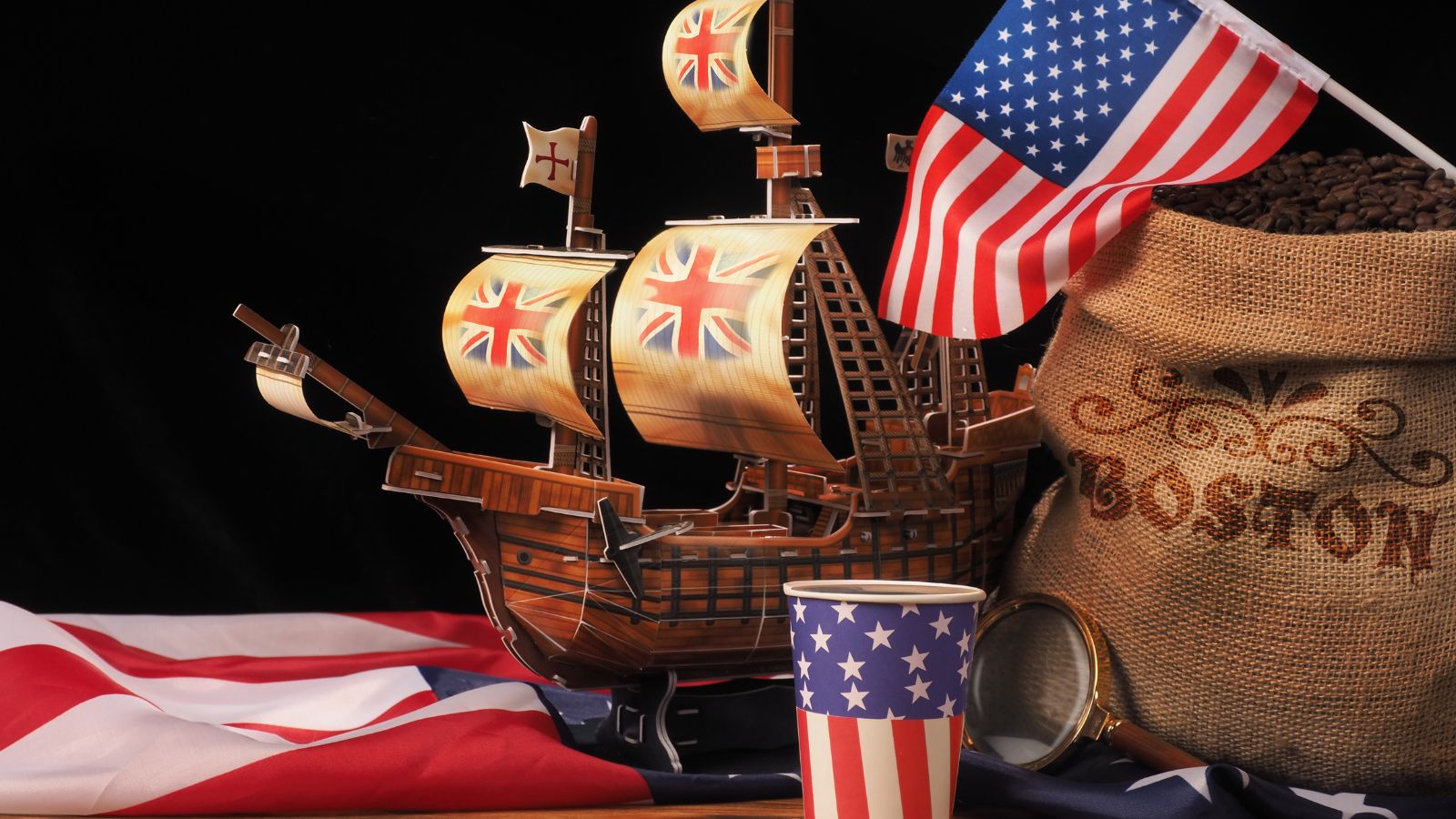
The Boston Tea Party was more than just a protest against British taxes. History explains that Colonists were also upset about the East India Company’s tea monopoly since many protesters were tea smugglers protecting their business interests. The event was more complicated than it’s often portrayed, involving economic and political tensions beyond taxation.
Marie Antoinette’s Infamous Quote
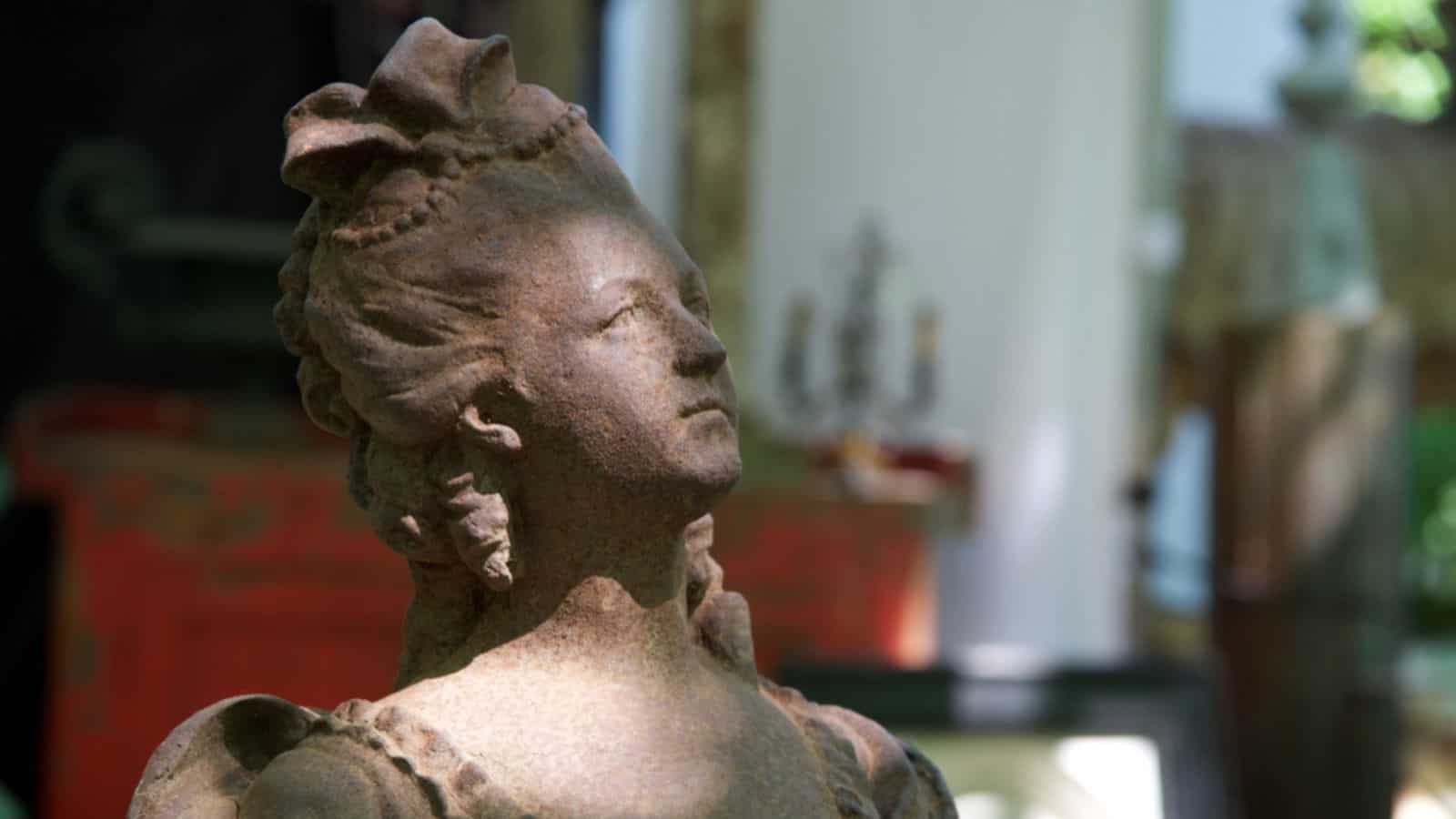
“Let them eat cake” is a phrase often attributed to Marie Antoinette, but there’s no evidence she ever said it. This quote was actually first recorded in Jean-Jacques Rousseau’s ‘Confessions,’ written when Marie Antoinette was just a child. The misattribution likely started from propaganda during the French Revolution.
The Great Wall of China’s Visibility from Space

Contrary to popular belief, the Great Wall of China can’t actually be seen from space with the naked eye. In fact, this myth started in the early 20th century, before humans had even traveled to space. While some sections may be visible from low Earth orbit under perfect conditions, it’s not as obvious as often claimed.
Einstein’s School Performance

You may be surprised to hear that Einstein wasn’t a poor student. He actually excelled in math and physics early on, so this myth came from a change in his school’s grading system. His rebellious attitude and tendency to question authority might have led to misunderstandings about his academic abilities.
Napoleon Bonaparte’s Height
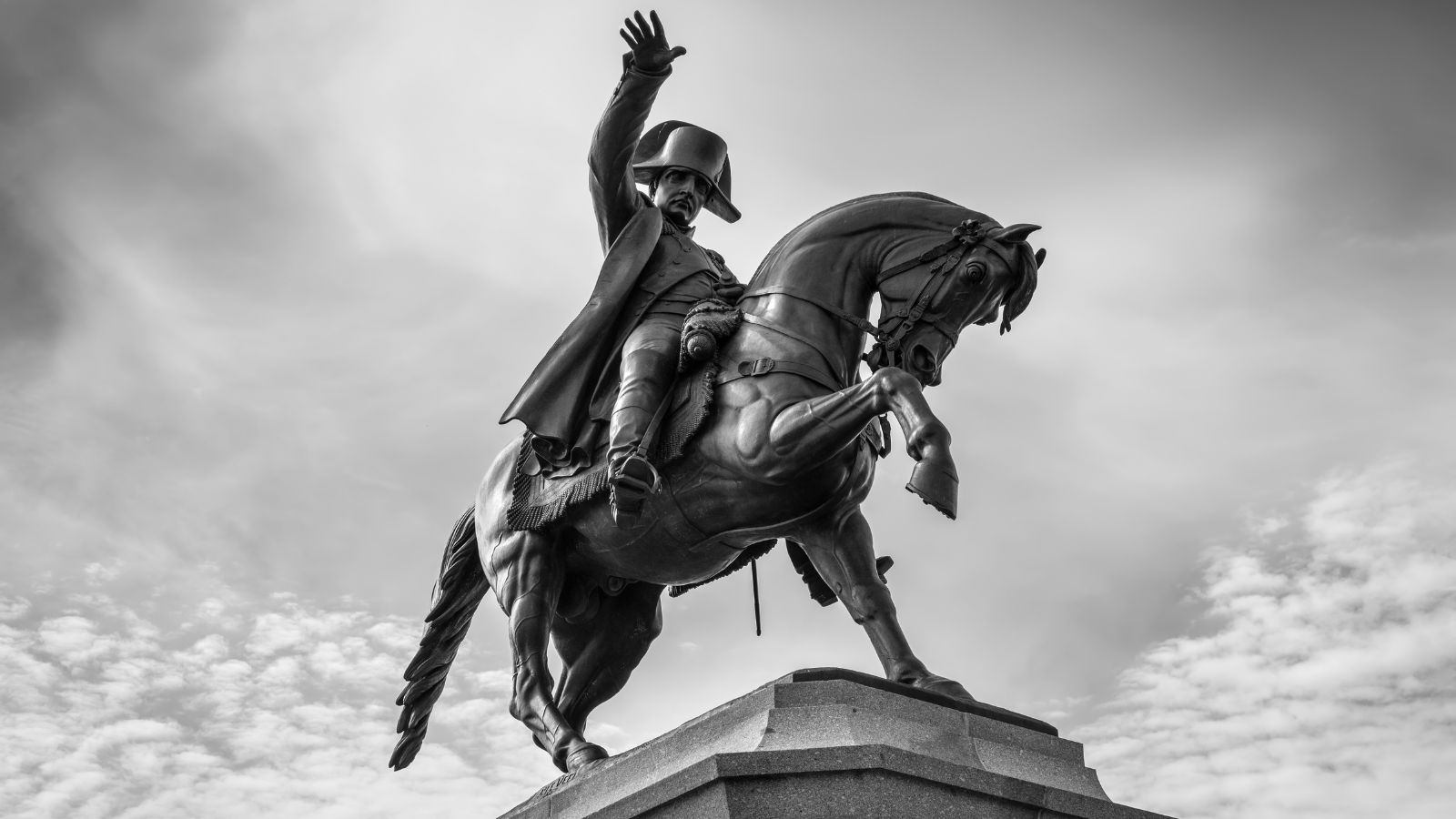
At about 5’7″ (170 cm), Napoleon wasn’t short but had an average height for his time. The misconception came from a difference between French and English measurement units and British propaganda. His nickname, ‘Le Petit Caporal,’ referred to his leadership style, not his physical appearance.
Vikings and Their Horned Helmets

The image of Vikings wearing horned helmets into battle comes from 19th-century Romantic depictions in art and opera. Real Viking helmets were typically simple, conical, and made of iron. Horns would have been impractical and dangerous in combat, likely getting caught or used against the wearer.
Christopher Columbus and the Flat Earth Myth
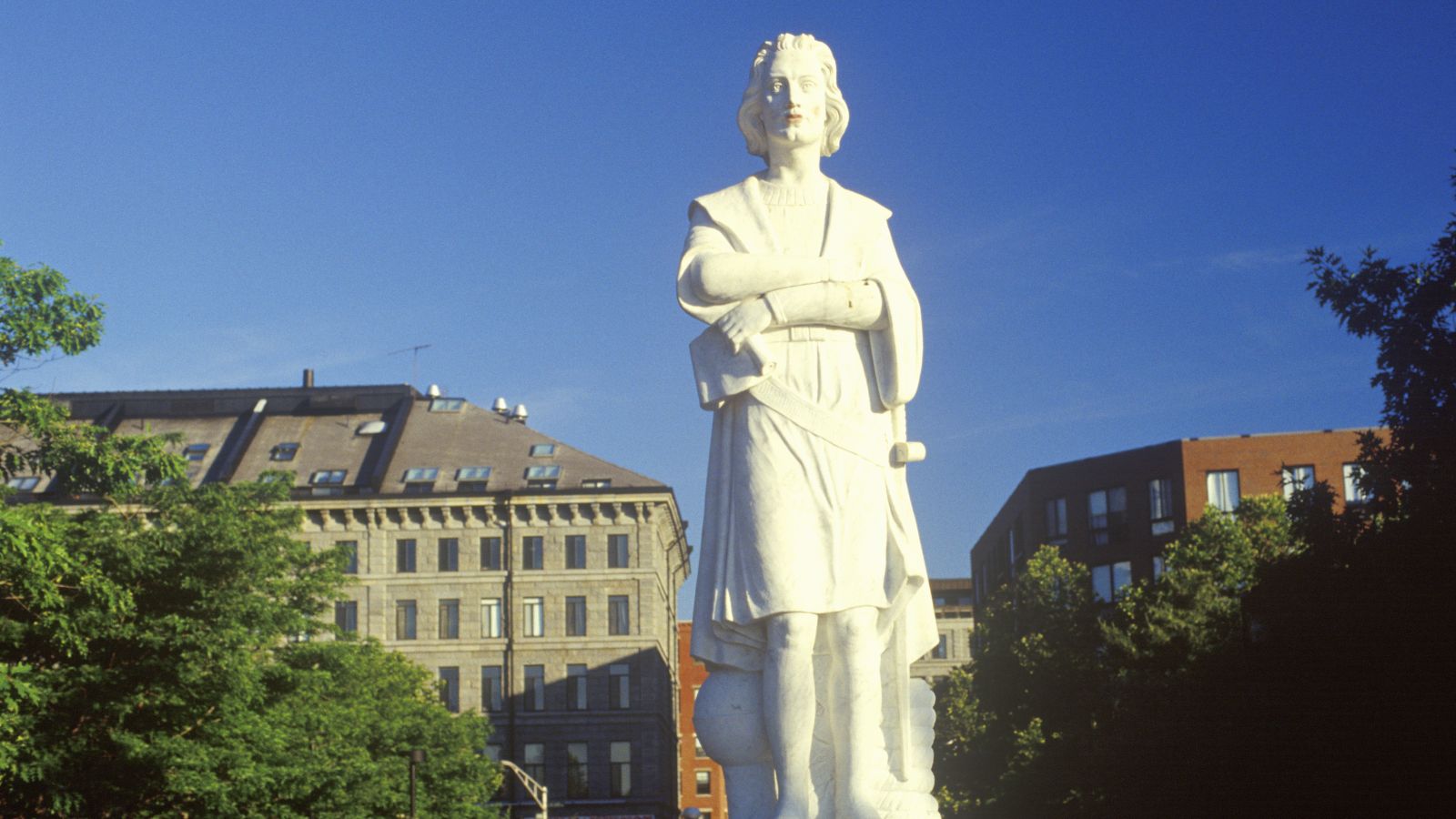
The flat Earth myth actually gained traction in the 19th century as most educated people in Columbus’s time knew the Earth was round. The debate was about its size, not its shape. Columbus underestimated the Earth’s circumference and thought he could reach Asia by sailing west.
The Iron Maiden as a Medieval Torture Device
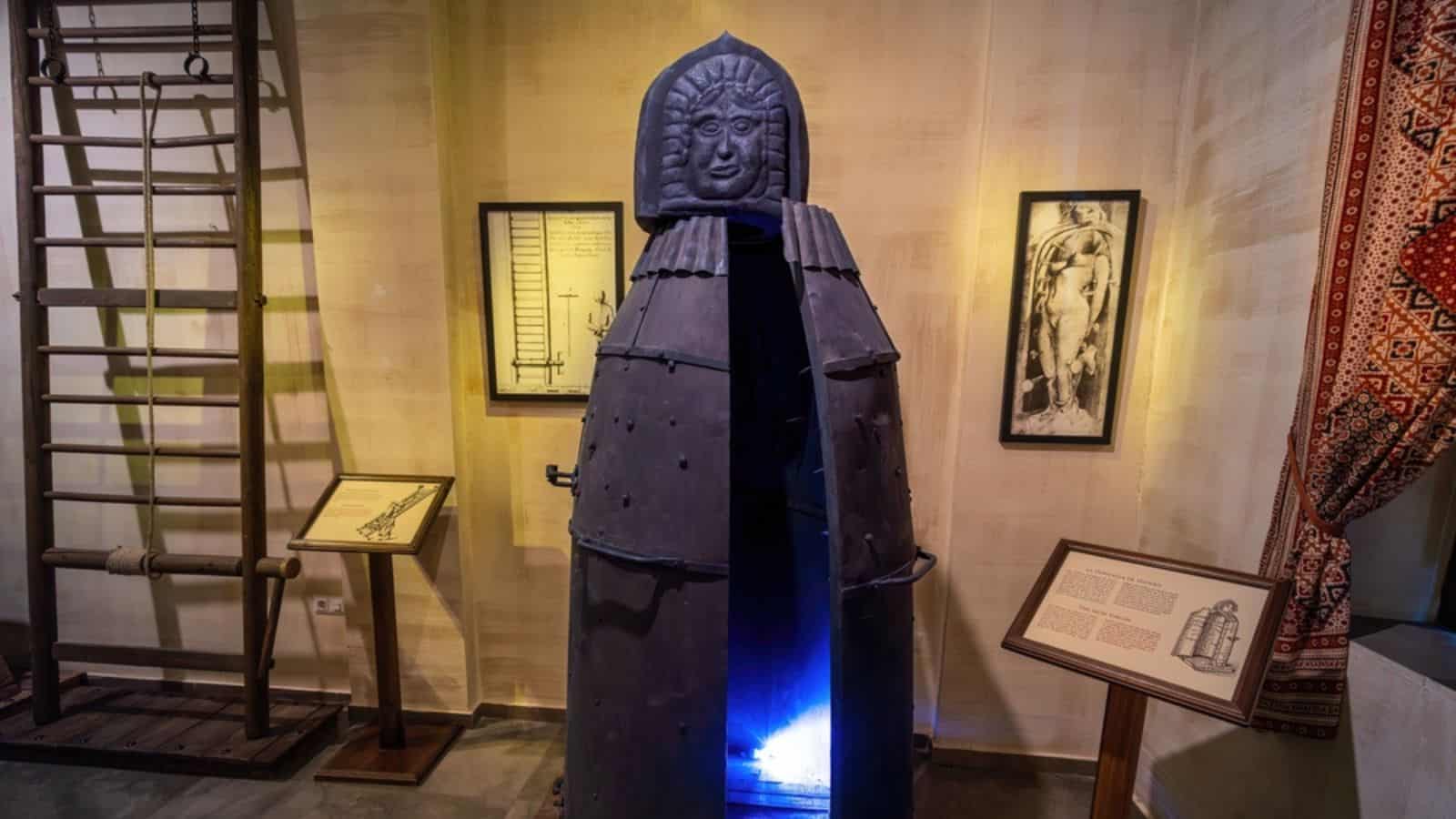
The iron maiden, a human-shaped cabinet with spikes inside, wasn’t actually used in medieval times. It was invented in the late 18th century as a sensationalized amalgamation of other torture devices. Museums displayed it to draw crowds, leading to its association with medieval torture.
Cinco de Mayo’s Significance

Many people think Cinco de Mayo is Mexico’s Independence Day, but it’s not. The holiday commemorates the Mexican army’s victory over France at the Battle of Puebla in 1862. Mexico’s Independence Day is actually September 16th. Cinco de Mayo is more widely celebrated in the U.S. than in Mexico.
Salem Witch Trials and Burning at the Stake

Contrary to popular belief, no one was burned at the stake during the Salem witch trials. Instead, most of the accused were hanged, and one man was pressed to death with heavy stones. The misconception likely comes from European witch hunts, where burning was more common.
The Trojan Horse
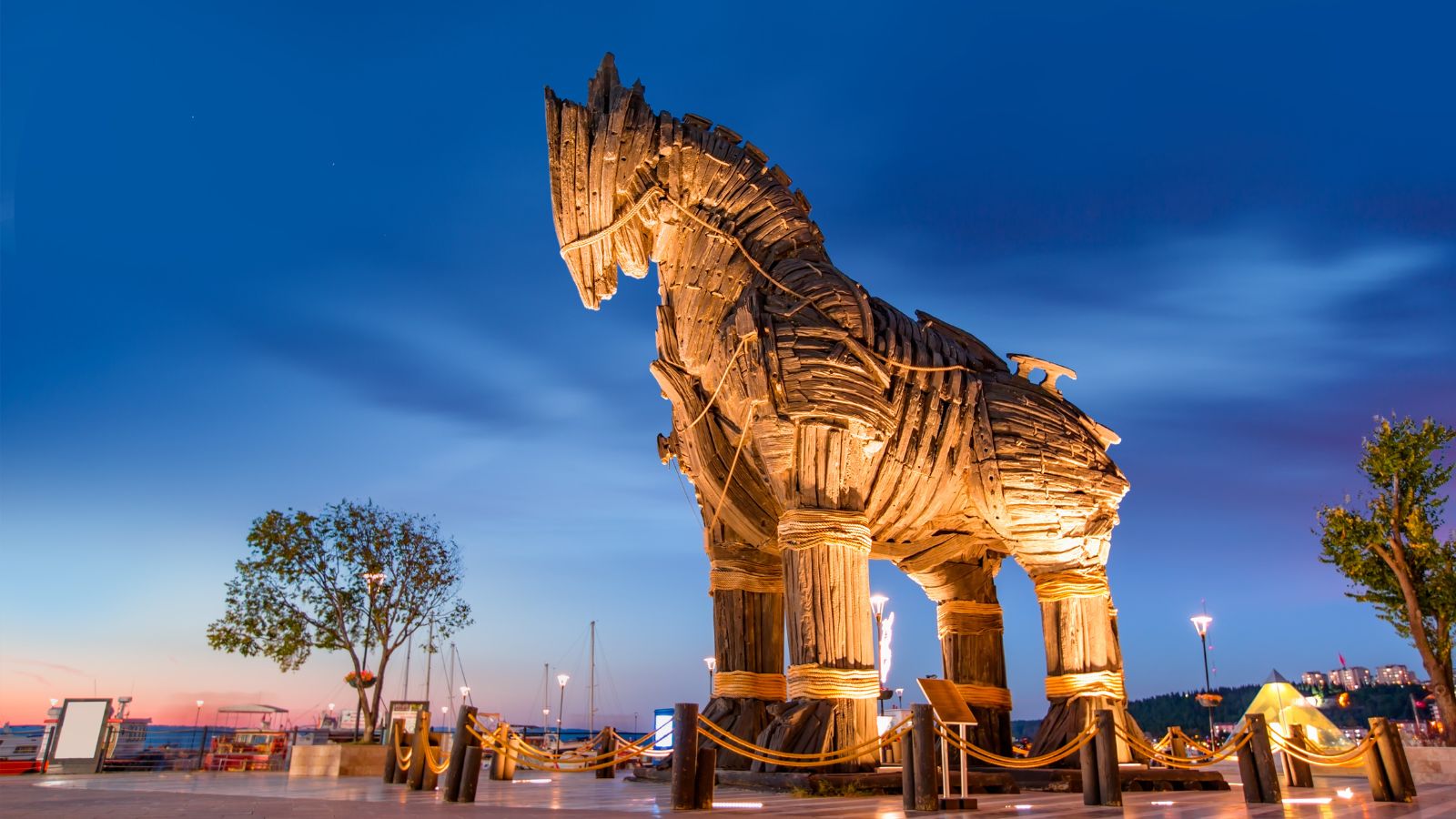
While the Trojan Horse is a famous story from ancient Greece, there’s no archaeological evidence it actually existed. The tale comes from Homer’s ‘Odyssey’ and Virgil’s ‘Aeneid,’ both written centuries after the alleged Trojan War. It may only be a metaphor for a military strategy or siege engine.
Pocahontas and John Smith’s Romance

The romantic relationship between Pocahontas and John Smith is largely fictional. The popular narrative, created by later writers and filmmakers, romanticizes a complex historical interaction. In reality, Pocahontas was a child when they met, and historians dispute Smith’s account of her saving his life.
The Wild West’s Lawlessness

The American Wild West wasn’t as violent as often presented, as most towns had law enforcement and strict gun control laws. The image of a lawless society largely comes from exaggerated stories in dime novels and Hollywood westerns.
Cleopatra’s Egyptian Ethnicity

Cleopatra is often portrayed as ethnically Egyptian, but she was actually of Greek descent. She belonged to the Ptolemaic dynasty, founded by one of Alexander the Great’s generals. While born in Egypt, her family had little Egyptian blood, so her famous appearance is more a Hollywood creation than a historical fact.
The Emancipation Proclamation’s Impact
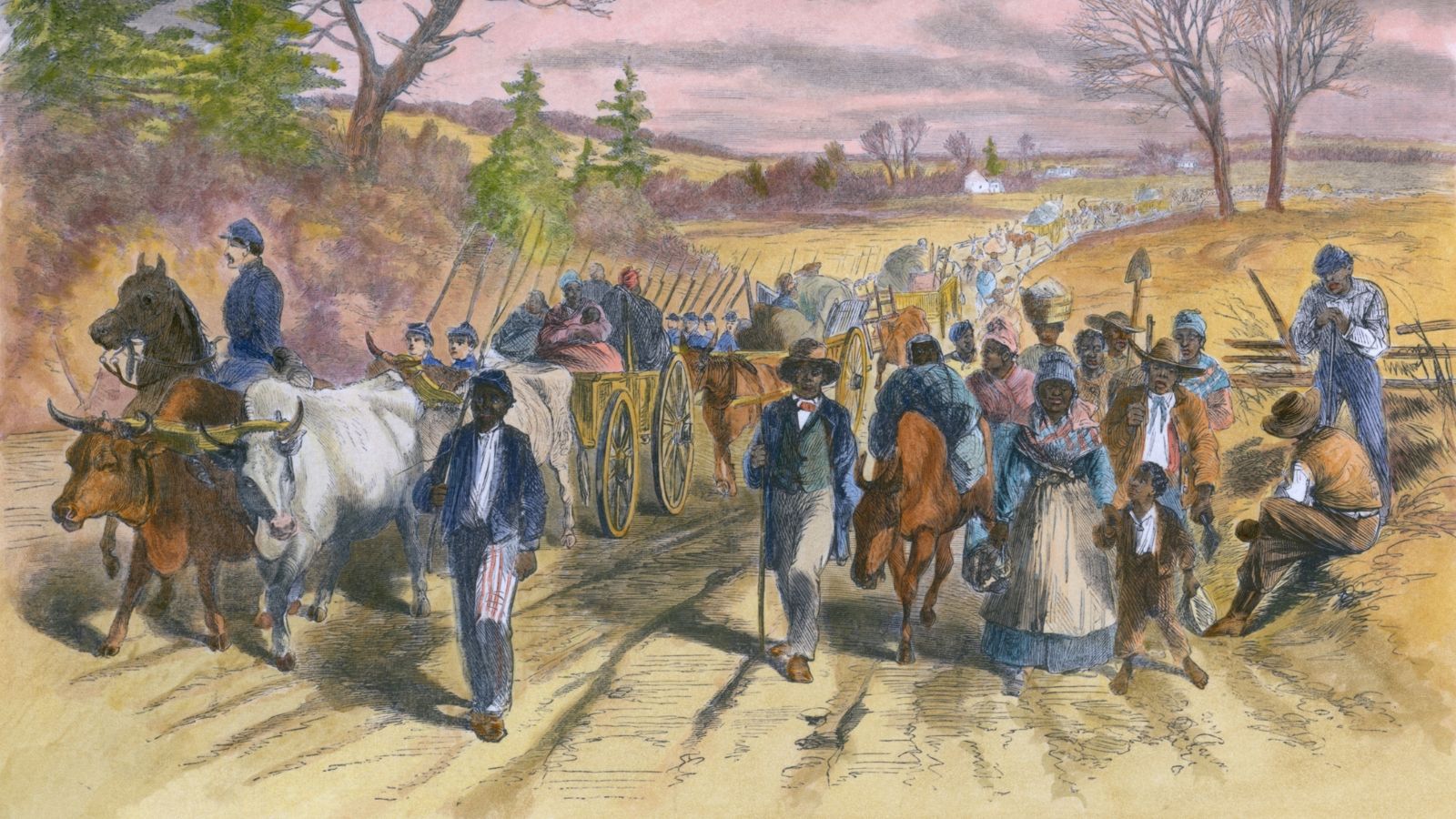
The Emancipation Proclamation didn’t immediately free all slaves in the U.S., as it only applied to states in rebellion against the Union. Slave-holding border states were exempt, as well as already Union-controlled areas of the Confederacy. Full abolition came later with the 13th Amendment.
George Washington’s Wooden Teeth
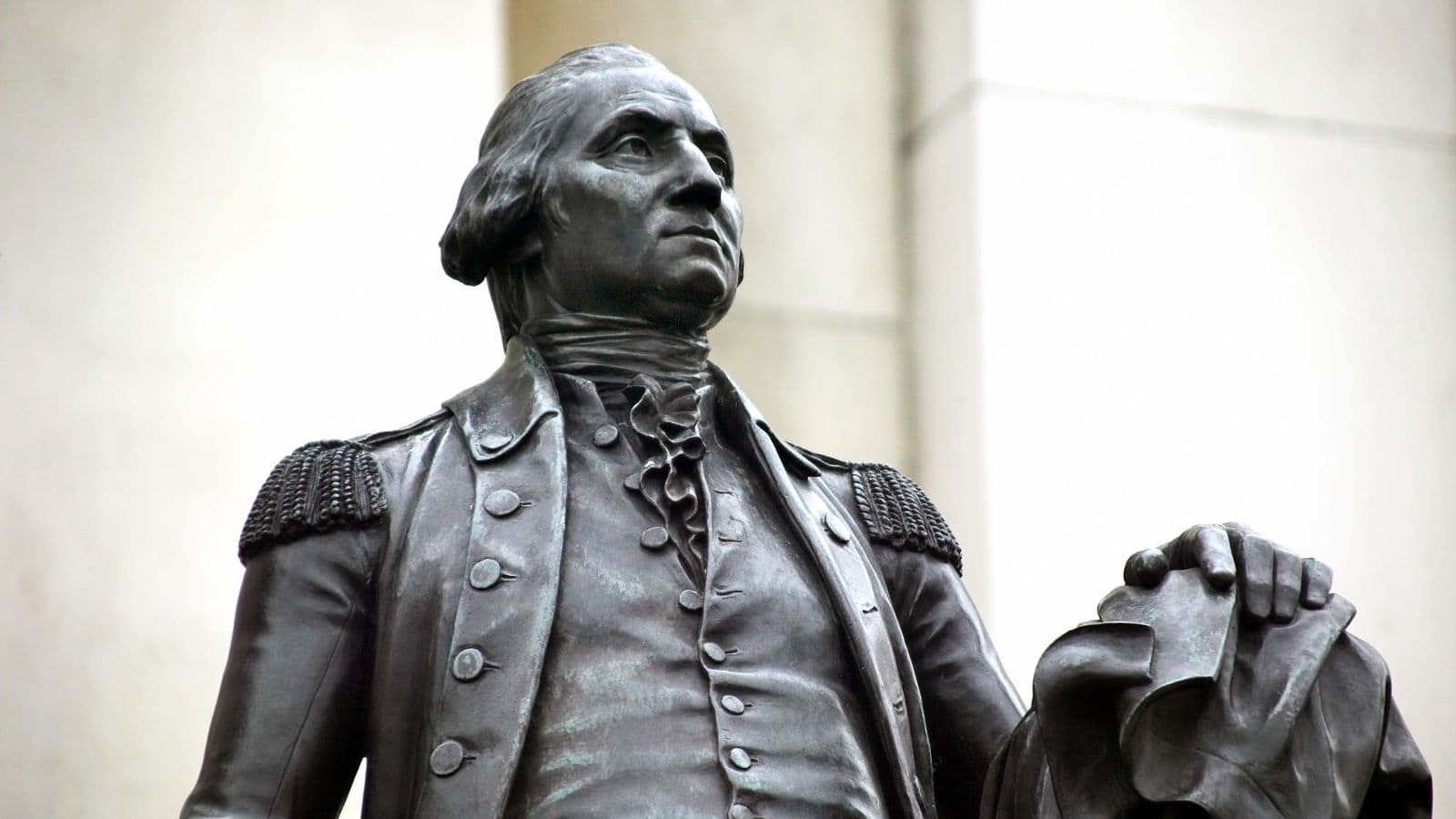
George Washington never had wooden teeth; his dentures were made from various materials, including ivory, gold, lead, and human and animal teeth. The wood myth possibly originated from the staining of his ivory dentures since Washington struggled with dental issues throughout his life.
The Signing of the Declaration of Independence

The iconic image of all the Founding Fathers signing the Declaration of Independence on July 4, 1776, is misleading. The document was approved that day, but the signing took place over several months. Some signers weren’t even present in Philadelphia on July 4th.
The Pilgrims and the First Thanksgiving

The first Thanksgiving wasn’t a peaceful meal between Pilgrims and Native Americans, as many people believe. In fact, the event that inspired the holiday was likely a three-day harvest celebration in 1621. The relationship between the settlers and Indigenous people was complex and often tense.
Isaac Newton and the Apple

We all hear this story, but Isaac Newton wasn’t actually hit on the head by a falling apple, which led to his theory of gravity. While he did observe falling apples, the story of one hitting him is a simplification. Newton developed his ideas over many years, building on the work of other scientists and his own observations.
Up Next: 18 Cities in the US That Are So Bad You Won’t Want to Visit

While there are many beautiful cities in the U.S. that are well worth a visit, there are also some that you may want to avoid. This is largely due to high crime rates or issues with quality of life. Here are 18 U.S. cities that you won’t want to visit.
18 Cities in the US That Are So Bad You Won’t Want to Visit
19 American Cities That Disappoint Visitors So Much They Wish They Never Went
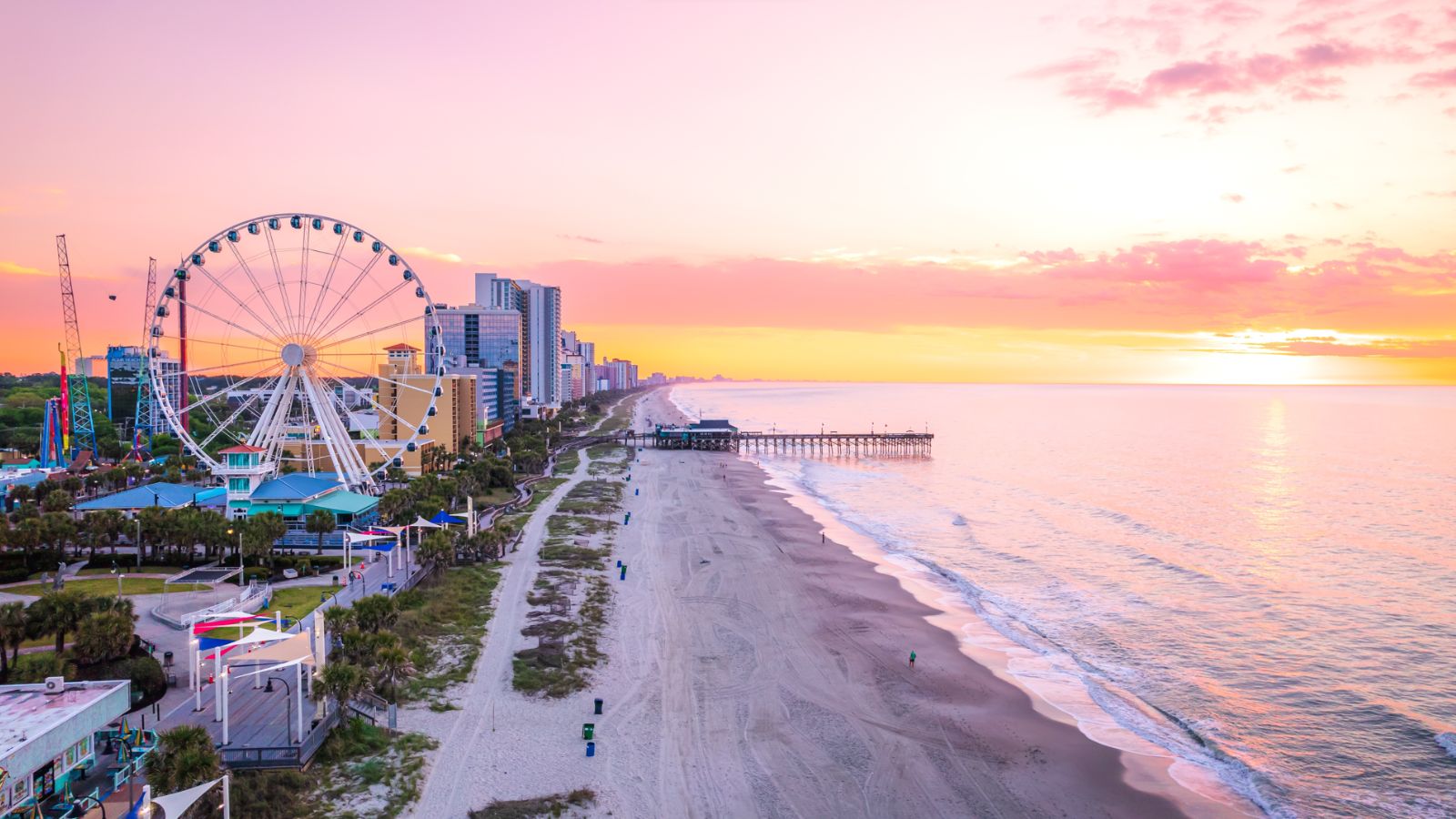
The United States is a vast country with over 109,000 cities and towns and many popular tourist hotspots, promising visitors fascinating history, famous landmarks, natural wonders, impressive architecture, and cultural delights. But not every city lives up to the hype! Here, we explore 19 American destinations that often leave visitors underwhelmed.
19 American Cities That Disappoint Visitors So Much They Wish They Never Went
19 Signs That Say You’ve Officially Entered Old Age

Old age comes for us all, though we do our best to resist it for as long as possible. But aging isn’t only gray hair, wrinkled skin, and yelling at kids to get off your lawn. Here are 19 signs you’ve realized you’re no longer the young stud you once were!
